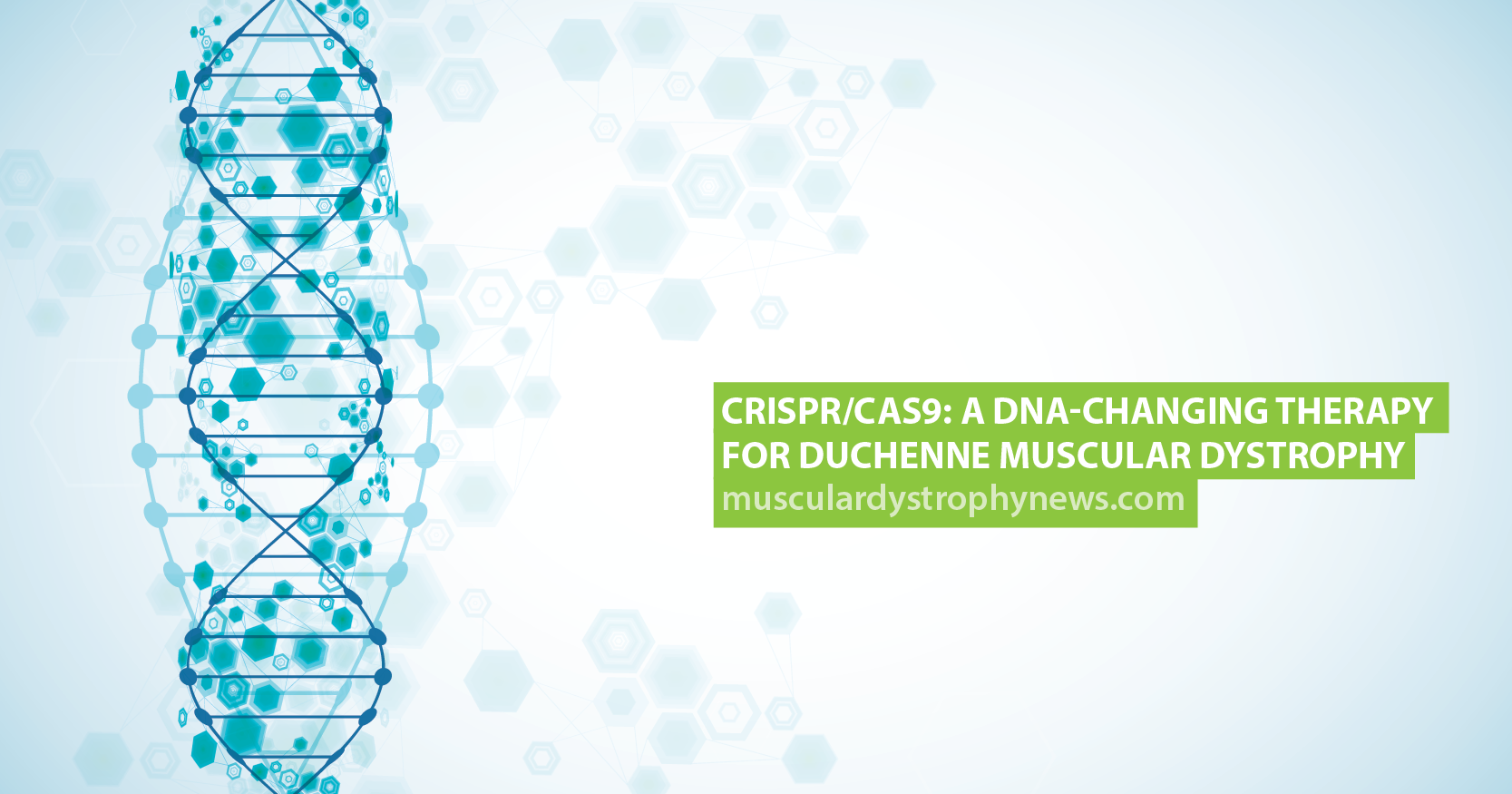CRISPR/Cas9: A DNA-Changing Therapy for Duchenne Muscular Dystrophy

Researchers have identified a way of changing parts of DNA sequencing to be used as a treatment for genetic diseases. The CRISPR/Cas9 therapy (or clustered regularly interspaced short palindromic repeats) is a new method of genome editing which can be used in the treatment of Duchenne muscular dystrophy.
CRISPR works by mimicking bacteria’s way of protecting itself when attacked by viral infections by capturing pieces of the virus’s DNA and inserting into its own DNA.
When trialed on mouse models of Duchenne muscular dystrophy, CRISPR/Cas9 reported the reversal of some symptoms associated with Duchenne MD.
A $2.2-million grant has been awarded to researchers at the Nationwide Children’s Hospital to explore the use of gene therapy in children with Duchenne MD. The CRISPR/Cas9 method will also be researched for the treatment of other genetic diseases such as cystic fibrosis. Find out more about CRISPR/Cas9 here.
Gene variation may benefit those with Duchenne muscular dystrophy. Read more here.
Muscular Dystrophy News Today is strictly a news and information website about the disease. It does not provide medical advice, diagnosis or treatment. This content is not intended to be a substitute for professional medical advice, diagnosis, or treatment. Always seek the advice of your physician or another qualified health provider with any questions you may have regarding a medical condition. Never disregard professional medical advice or delay in seeking it because of something you have read on this website.






